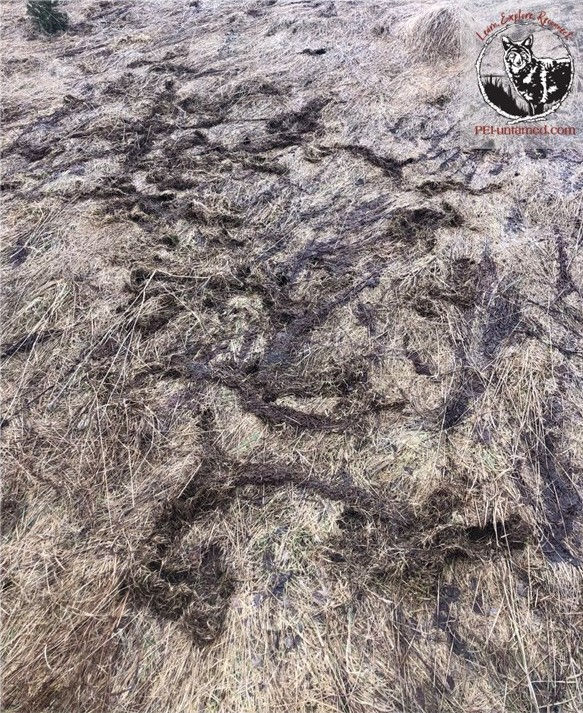The Subnivean Zone
- katemacquarrie22
- Mar 24, 2024
- 3 min read
We spend our winters in the bright, cold, noisy world above the snow, but all sorts of creatures stay cozy in the darker, warmer, quieter environment below. With spring snowmelt, evidence of their activity becomes visible, and we get a glimpse into life in PEI’s subnivean zone.
The subnivean zone is a unique habitat that exists between the ground and the snowpack. Like most habitats, its distribution is limited to certain places on Earth: no snow, no subnivean. Unlike most habitats, it’s temporary. (Vernal pools created by spring meltwater are also important temporary habitats and I’ll tell you more about those in April).

If you’re small enough to use it, the subnivean offers many advantages. Snow provides an insulating layer that keeps this zone at or just above 0C (32F) even in the coldest temperatures. It provides cover, not only from wind and storms but also from the eyes of hungry predators. For plants, the subnivean is a mixed blessing. It protects ground plants from winterkill and so is important to their survival, but it also allows small mammals to safely munch on the bark of trees and shrubs, which can kill them (Photo 1).

On PEI, Meadow Voles are among the most common animals in the subnivean zone, and as snow melts their temporary winter nests become visible (Photo 2). You can see the enclosed, round nest built of grass at the base of a young Hawthorne that served double duty as both a bit of structure and a meal. Each nest has several entrances, connected to a maze of Meadow Vole trails (Photo 3) that leads to other nests and food sources. The network can be quite elaborate and includes rooms for food storage, eating, sleeping, and eliminating.

As the snow disappears, Meadow Voles disperse to their summer quarters and the main breeding season begins (though females can produce earlier litters in their subnivean winter quarters). Adults build a more durable nest for summer, often under cover of fallen wood, boards, fence posts, field stone, or old hay bales. Each female will average 4-6 young and 3-4 litters, giving 12-24 offspring per female per year. Fewer than half will live to adulthood, and a one-year-old Meadow Vole would be considered a senior citizen.

Red Squirrels also use the subnivean zone, and their above-ground feeding stations reveal activity below. Piles of scales from conifer cones (Photo 4) are the most obvious signs but I’ve also come across apple trees that supported subnivean Squirrel families (Photo 5). Red Squirrels spend lots of time above the snowpack in winter but look for a tell-tale entrance hole near the feeding station for evidence of their descent into the subnivean zone.

Snow cover offers shelter and some protection from predators, but it is not fool proof. Coyotes, Foxes, and Owls can detect sounds from subnivean animals, allowing them to crash through snow and grab a meal. Weasels (also known as Ermines or Stoats) are small enough to fit into those subnivean tunnels, and they use their keen sense of smell to locate rodent prey. Sudden snowmelt can flood small mammals’ tunnels and nests; shrews are particularly susceptible to drowning in those conditions.
All winter, an entire world has been going about its daily activities, unseen under the snow. With the arrival of spring, we see evidence everywhere of this part of PEI untamed!
Nice one Kate...I am going to look out for these. Are there examples of human "subniviality" ? I've seen early viking colonies in Canada and scotland which were dug beneath the soil surface , thatched and then insulated as the snow fell. Bryan